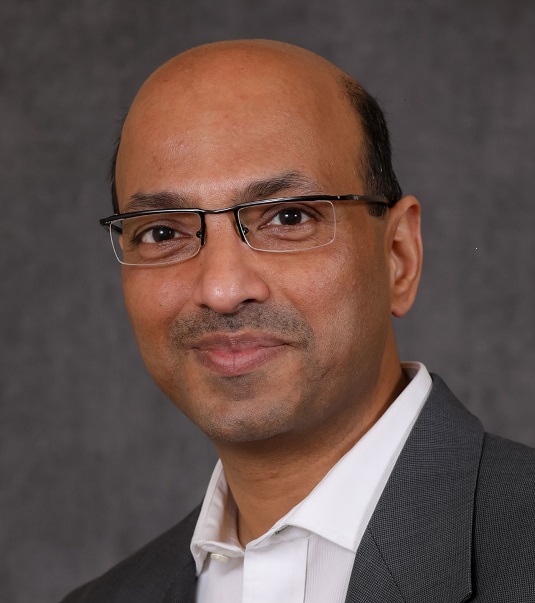Scientific research has long been a core part of the mission of Arizona State University. Today, the university holds the distinction of being one of the fastest-growing research institutions in the United States. Since 2002, the school’s annual research expenditures have more than quintupled, topping $600 million, and ASU is among the top 20 universities in the world for the number of U.S. patents issued.
Under the umbrella of this vast research program, ASU scientists explore some of the world’s most complex challenges, including those arising from population growth, urbanization, globalization and technological advancements. Through science, social science and humanities approaches, ASU researchers are creating innovative and sustainable solutions to pressing societal problems.
Many of these research initiatives would not be possible without the computational power of high performance computing, and this is where the ASU Research Computing organization enters the picture. ASU Research Computing is dedicated to enabling research, accelerating discovery and spurring innovation through the application of advanced computational resources to grand challenges in science, engineering and health.
The HPC environment
Among other resources, ASU Research Computing gives the university community access to a Dell Technologies supercomputing cluster that comprises 14,000 CPU cores, 330 GPU devices, 1.2 petabytes of scratch storage in a high-speed parallel file system and 4 petabytes of Dell EMC PowerScale scale-out network attached storage.
This highly heterogenous environment includes a mix of CPUs, including multiple generations of Intel® Xeon® processors, a variety of interconnects, including Intel® Omni-Path, InfiniBand and Ethernet fabrics, and a range of Dell EMC PowerEdge servers. It also includes dedicated virtual machines for specific research environments and a HIPAA-aligned secure computing environment with support for sensitive or federally regulated data.
System users have two ways to access the supercomputing cluster, according to Douglas Jennewein, Senior Director of the Research Computing group at ASU. Users can log in to the cluster via a traditional SSH terminal or via a web-based interface that uses Open OnDemand, an open-source HPC portal based on software developed by the Ohio Supercomputer Center.
“Open OnDemand is a very popular access modality for our researchers,” Jennewein says. “It has really been a game changer for us.”
Powering more users
Easy access to the cluster via Open OnDemand has fueled a rush on resources at the university. ASU Research Computing now accommodates many more users than in the past, including large numbers of academics from disciplines that typically aren’t associated with advanced computing. In a parallel change, ASU Research Computing is increasingly serving faculty members who are using the HPC cluster in the classroom, along with growing numbers of student users.
Usage numbers tell the tale of the popularity of the HPC cluster. Over the past year, ASU Research Computing has delivered an average of 8 million core CPU hours per month. In any given month, 500 to 600 users put the system to work, and over the course of a year 1,300 distinct users make use of the system. The HPC cluster typically runs about half a million jobs per month.
“Open OnDemand, the web-based access, has opened up a whole new class or segment of users, folks who are newer to the cluster or newer to advanced computing,” Jennewein says. “This is a much more friendly onramp to HPC than traditional approaches. This has opened up the door for a lot more use cases and domains of science and research that are traditionally under-represented in high performance computing, including humanities, social sciences and the arts.”
An HPC & AI Center of Excellence
Arizona State University is among an elite group of Dell Technologies HPC & AI Centers of Excellence. These centers, found around the world, provide thought leadership, test new technologies and share best practices with technology users. They offer collaborative expertise that spans from high-speed data analytics, AI, machine learning and deep learning to visualization, modeling, simulation and more. They also engage in performance analysis, optimization and benchmarking, along with system design, implementation and operation.
Among other recent joint efforts, ASU Research Computing is working closely with the Dell Technologies HPC & AI Innovation Lab on the development of the Omnia software stack. This open-source software project helps HPC shops speed and simplify the process of deploying and managing environments for mixed workloads, including simulation, high throughput computing, machine learning, deep learning and data analytics.
“We have ASU engineers on my team working directly with the Dell engineers on the Omnia team,” Jennewein says. “We’re working on code and providing feedback and direction on what we should look at next. It’s been a very rewarding effort. Omnia is something we want everybody to use. We’re paving not just the path for ASU but the path for advanced computing.”
For the full story, see the Dell Technologies case study “Accelerating scientific research with high performance computing”.
